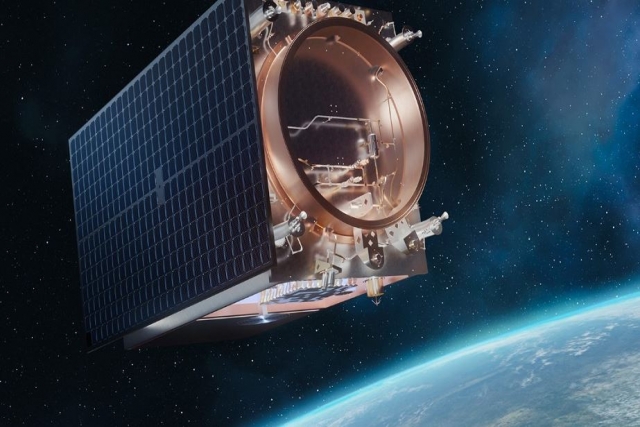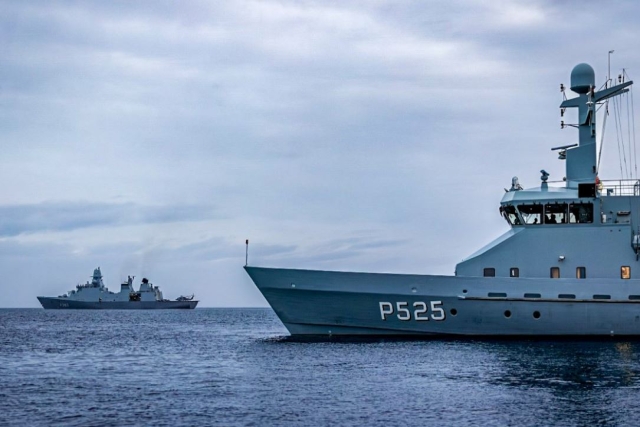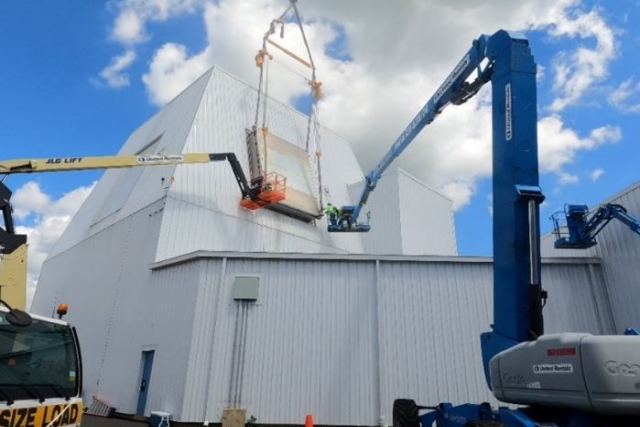U.S. Space Force asks Raytheon to Develop Medium Earth Orbit Missile Tracking System

Raytheon Intelligence & Space will develop a prototype Missile Track Custody system, which will be U.S. Space Force’s first Medium Earth Orbit missile tracking system.
Under this contract, Raytheon Intelligence & Space will serve as the prime contractor, developing and delivering a space vehicle, hosting a missile tracking mission payload and ground-based command and control and mission-data processing elements. This system was developed using model-based systems engineering significantly increasing the speed of development, while reducing cost.
Raytheon Intelligence & Space will also deliver the command and control and real-time mission- data processing elements for MTC. The ground system will use the Future Operationally Resilient Ground Evolution Mission Data Processing Application Framework (FORGE MDPAF). Raytheon’s FORGE MDPAF is a ground system framework that collects and processes data from satellites, including Overhead Persistent Infrared (OPIR) space vehicle data from both Space Force’s Space-Based Infrared System (SBIRS) constellation and the future Next-Generation OPIR constellation.
Raytheon Intelligence & Space’s mission payload, which passed critical design review in November 2022, will be integrated onto an LM400 satellite bus. The LM400, part of Lockheed Martin’s modernized family of satellite designs, emphasizing commonality, rapid production speed, and reduced costs, includes SmartSat, software-defined satellite capabilities that allow it to adapt to changing mission needs and deploy new capabilities to stay ahead of evolving threats.
“Lockheed Martin is excited to provide our mid-sized, rapidly-producible LM400 bus to Raytheon, supporting our customer’s mission to deliver initial warfighting capability with Missile Track Custody Epoch 1,” said Mike Corriea, vice president, Lockheed Martin’s Overhead Persistent Infrared mission area. “Lockheed Martin will leverage a full suite of digital engineering tools to produce satellites that are dramatically more responsive and flexible, at a fraction of the cost and delivery time for our customers.”
The team plans to complete a system critical design review in 2023, followed by a build, integration, and test campaign to deliver capability to orbit by 2026. Work for this program will be executed in El Segundo, California, and Aurora, Colorado. s











